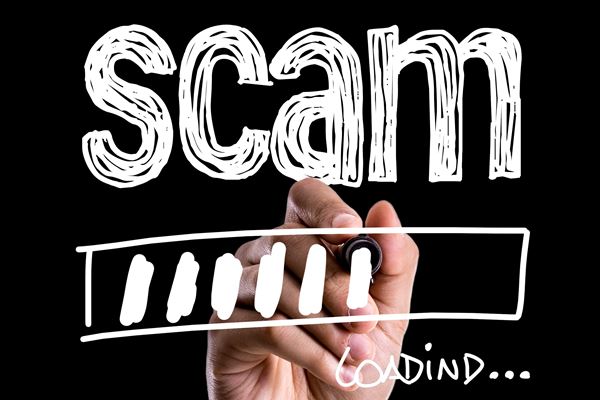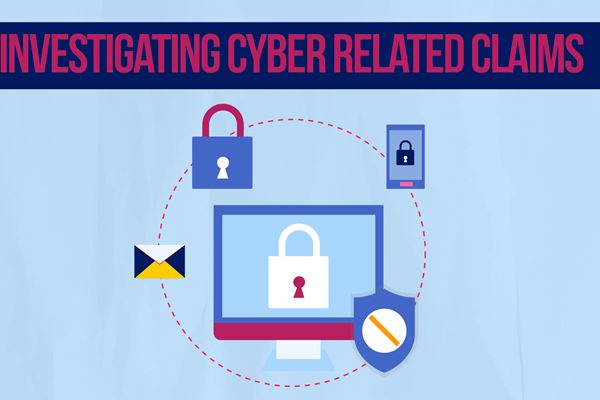Top 5 Digital Evidence Sources Used in Canada's Growing Sexual Harassment Cases

Due to the recent changes in Canadian law, there has been a serious spike in the amount of reported sexual harassment cases in the workplace. During this time, employers not only have a moral obligation to investigate but a legal obligation as well.
The onus on human resources and in-house counsel to conduct thorough, impartial investigations is at an all-time high. Investigations of two or more employees involving behaviour-based allegations is no easy task, the skills required often necessitate an experienced investigator and the ability to sort out fact from fiction can become a paramount challenge.
With available technology today, there are more sources of data than ever before. As the contents of digital evidence evolve, so too does our responsibility for ensuring that this evidence is quickly acquired and preserved by qualified forensic examiners. In cases such as harassment, it is important to understand the various types of sources to present investigators for the analysis of preserved data.
Top 5 Data Sources That Preserve Your Data:
1. Emails:
Email messages have been one of the longest-standing forms of person-to-person digital communication. Understanding where email can be stored, locally and on a network, temporarily and long term, is critical to an investigation.
2. Computers:
Most people are completely unaware of just how much information can be gleaned from the computer of both the victim and alleged harasser. The computer acts as a portal to a person's virtual world and the possible artefacts that reveal information about a person's life and their intentions leave long trails behind. Temporary internet files, deleted pictures and videos, instant communications, cell phone backups, maps, and travel routes are just some examples of digital artefacts that can be recovered from a computer in a forensic investigation.
3. Mobile Devices:
Smartphones, tablets, GPS systems, and other mobile devices commonly come into scope in a harassment investigation, as these devices can offer a wealth of information, such as a device's location at a specific date and time. Though, commonly, the lines that separate behaviour between the two can become blurry, an inevitable byproduct of living in an age of constant connectivity. These data points can be of immeasurable value to an investigation and often provide the content and context for an investigation.
4. Social Media:
Social media has become an integral part of many people's lives and is an effective point of reference in harassment investigations. Social media is rich with evidence regarding interconnectivity and is often reflective of likes, dislikes, emotional states, and expressions.
5. The Cloud:
The cloud is a common source of active files, photographs, videos, and various digital backups. Just as computers are known as great sources of locally stored evidence, the increased use of internet-based cloud storage services must also be considered for a thorough investigation.
Similar to the ransomware epidemic, the skillsets required to combat evolving harassment issues are not conducive to an average IT department's capabilities or capacity. Just as many organizations have opted to seek out reliable third-party vendors in advance of a potential data breach, the very same forensic expertise is critical in maximizing the effectiveness of a highly sensitive, personnel-based, sexual harassment investigation.
Our experts are ready to help.



